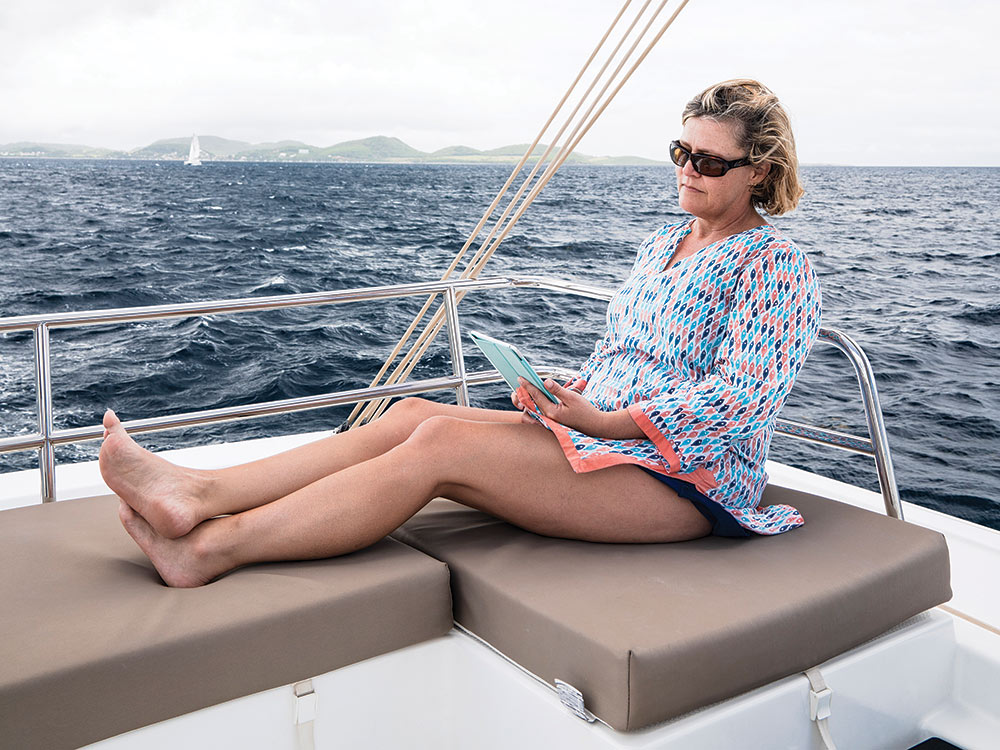
One of the coolest aspects of the sailing lifestyle is the ability to travel to sun-soaked paradises, charter a boat and enjoy a holiday with your family and friends. These adventures are an opportunity to ply new waters, cultures and gunkholes, as well as the chance to sail a new (to you) boat and use equipment and electronics different from those you might carry aboard your own steed. While this latter point has sometimes led to headaches as charterers master the vessel’s chart plotter or stereo, skippers these days are aided by wireless devices that enable you to navigate using familiar screens, software and cartography, plus other portable electronics that help infuse a sailing trip with your familiar trappings of home. Here’s a look at some electronics that could help improve your next charter experience.
Castables
If you cruise with children, or if you enjoy the odd bit of angling, Lowrance’s FishHunter Pro and FishHunter 3D castable sonar transducers deliver underwater imagery onto paired smartphones or tablets (Android and iOS friendly) using Lowrance’s FishHunter Pro app (free).
Both versions of the buoyant FishHunter can electronically sound depths to 160 feet while also maintaining their Wi-Fi connection with a paired device over distances up to 180 feet. However, the units deliver different functionality. The FishHunter Pro transmits on three frequencies (381, 475 and 675 kHz) using a single tri-frequency transducer to deliver sonar imagery at different depths, and allows users to create custom bathymetric charts using the FishHunter app, while the FishHunter 3D uses five independent tri-frequency transducers (also 381, 475 and 675 kHz) to deliver 3D sonar imagery and allow users to create custom cartography of their fishing grounds or anchorage.
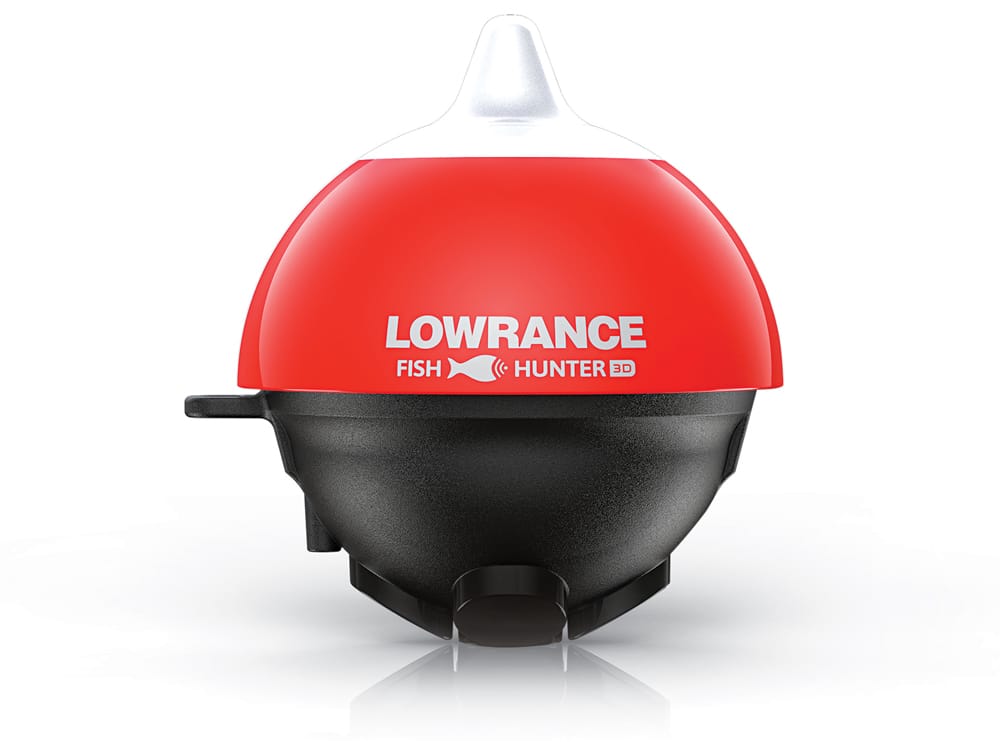
Tunes
While options abound when it comes to travel-friendly, Bluetooth-enabled speakers, precious few come with the weatherproof rating and marine-specific design and DNA of Fusion Marine’s fully buoyant StereoActive. This highly portable, crisp-sounding one-piece sound system features an IPX7 weatherproof rating, an AM/FM radio receiver and, when used in North America, access to National Oceanic and Atmospheric Administration weather radio. The entertainment powerhouse also has Bluetooth audio streaming, as well as twin 21⁄2-inch 40-watt speakers that work in concert with each other and a passive bass radiator to create a fully marinized directional speaker system. StereoActive is available in red, white or blue, and can be controlled via a smartphone running the Fusion Link app (iOS and Android compatible) or via a Garmin quatix smartwatch (see below). The speaker’s portability and rugged construction lend itself to adventures onshore or aboard the dinghy or stand-up paddleboard. Listeners can play MP3s via a USB flash drive (included) that StereoActive accommodates in a waterproof compartment, and they can also stash valuables, such as a smartphone, credit cards and cash, in the optional IPX7-rated ActiveSafe, which is buoyant and attaches to the speaker’s base.
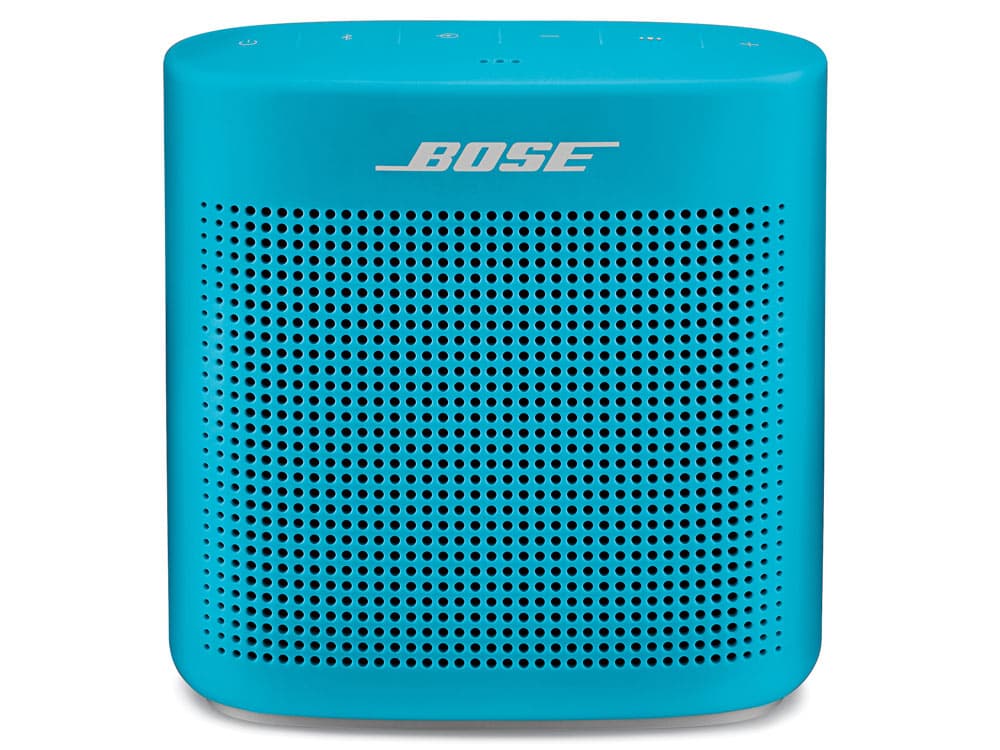
For charterers looking for big sound but on a smaller budget, the Bose SoundLink Micro Bluetooth and the bigger SoundLink Color Bluetooth Speaker II are worth investigating. These colorful speakers feature a durable silicone rubber exterior; the Micro Bluetooth features fully waterproof construction, while the Color Bluetooth Speaker II is water-resistant. Users can pair these tidy stand-alone speakers with their Android or Apple mobile devices (via Bluetooth) and enjoy their choice of audio content — MP3s, apps and streaming services — and legendary Bose sound.
Night Eyes
One of the coolest technologies to have recently entered marine markets is today’s generation of reasonably priced handheld thermal-imaging cameras, which are available from manufacturers including ComNav, FLIR and Iris Innovations.
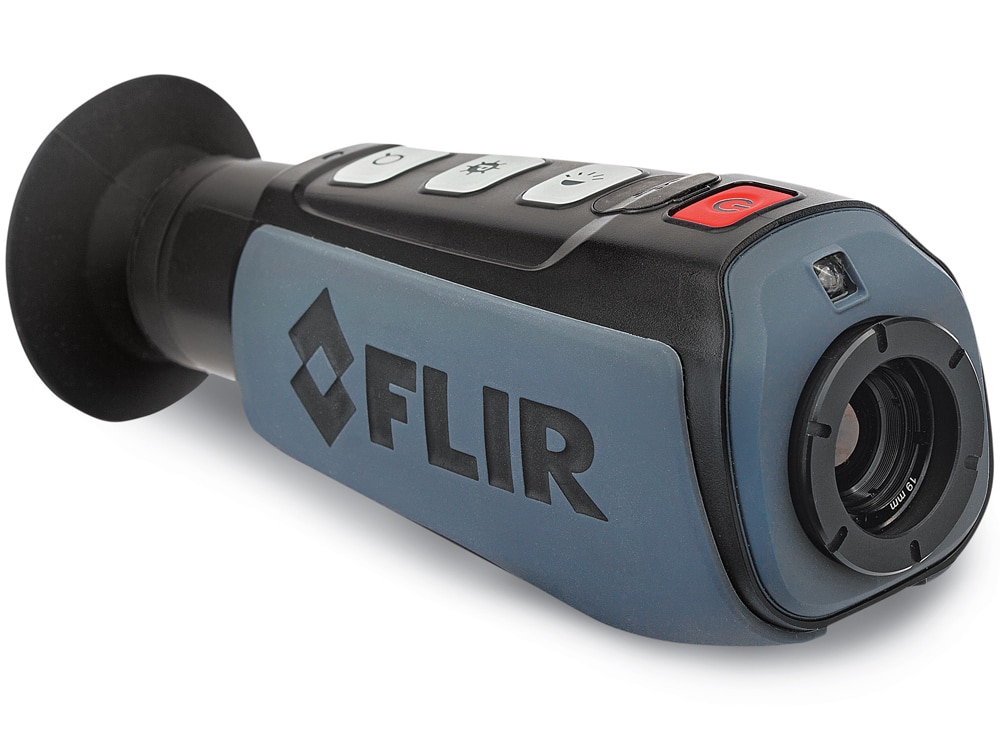
These can-do cameras punch well above their weight when it comes to enhancing situational awareness, but unlike light-magnifying night-vision equipment, thermal imagers employ highly sensitive microbolometer sensors that measure tiny thermal discrepancies between objects and their surroundings (for example, FLIR’s sensors are accurate to one-twentieth of a degree Celsius), which they harness to deliver picturelike video imagery, and they can deliver this same performance at 0100 and 1300 hours, making them ideally suited for scanning glare-rendered horizons for approaching vessels or for finding the boat after a big dinner ashore. Built-in color palettes and digital zooms allow users to fine-tune their cameras for their specific conditions and ranges.
Right Here
While numerous options exist for navigation apps, be it cartography or waterproof cases for smart devices, Garmin’s GLO offers an interesting way of bolstering these devices’ accuracy. The GLO contains a receiver that works with the GPS and GLONASS satellite networks to attain position information that’s accurate to roughly 10 feet, which it shares with Android and iOS phones and tablets via a Bluetooth connection. The GLO is especially useful for charterers who are visiting areas with minimal cell coverage, and its internal lithium-ion battery (1100 mAh) delivers up to 12 hours of continuous use in between recharges, which can be tackled either via USB or 12/24-volt cigarette-lighter adaptor. An optional friction mount helps keep the satellite device secure and in full view of the sky. However, a word of caution: GLO isn’t water-resistant.
Portable Juice
Given the dominant role that wireless devices play in contemporary life, careful mariners carry a reserve power bank (or two), and options abound, including waterproof batteries and banks with different voltages and milliamp-hour capacities. One tempting option is solar-powered battery banks, which are roughly the size and shape of a smartphone and feature rugged, waterproof or water-resistant construction. Here, some interesting players include Zenos, DiZaul and Jetsun. However, users need to understand these may take some time to recharge. For cruisers seeking faster gratification, companies including Ecoxgear, Wildtek, Solio and SoKoo make multipanel systems that power a reservoir battery (sometimes integrated, other times external) that sports at least one USB charging port. Finally, svelte battery-only banks make for smart travel companions, especially for cruisers nursing aging devices with suspect internal batteries.
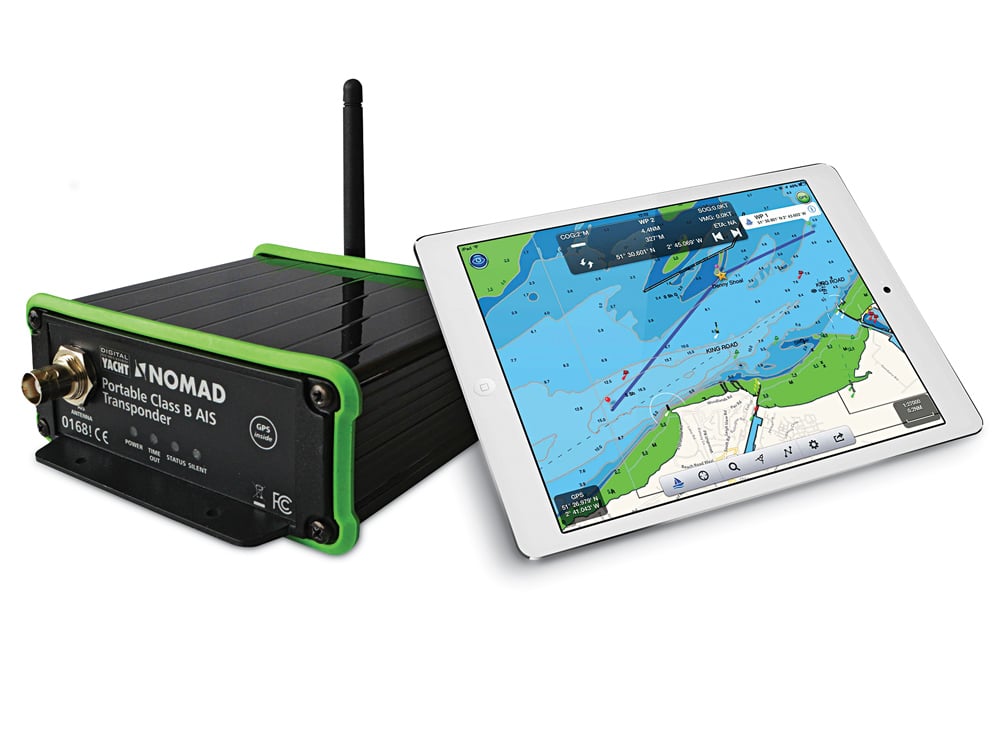
Keep In Touch
If maintaining contact with the outside world via email, phone or text messaging is important, a smart option might be to carry a small satellite hotspot device that establishes a data connection and shares it, via Wi-Fi, with networked smartphones and tablets. While Sat-Fi systems like Inmarsat’s IsatHub, Iridium’s Go and Globalstar’s Sat-Fi are highly portable, it’s important to remember that the speeds they deliver enable email, texts and sometimes voice communications, but they don’t deliver anywhere near the bandwidth needed to stream online content. Of the three systems mentioned, IsatHub, which operates on Inmarsat’s I-4 network, offers the quickest speeds (384 Kbps down and 240 Kbps up) and near-global coverage. However, anyone who is considering a high-latitude expedition charter might be better served with Iridium’s Go, which operates on Iridium’s fully global network.
Who’s Where?
The automatic identification system revolutionized marine safety by providing AIS-equipped sailors with the names, locations, speeds, headings and contact info of vessels carrying their own AIS transponders. Plus, AIS data includes the unique Maritime Mobile Service Identities of other boats, which means you can reach them directly via VHF radio.
The trouble for charterers, however, is that nearly all AIS transponders and receivers are permanently mounted, and require antennas and access to networked instrumentation. Digital Yacht’s Nomad has solved this problem with a portable, USB-powered Class B AIS transponder. The device has its own GPS antenna and receiver, and a wireless local area network card for Wi-Fi connectivity. All of this comes packed in a small, travel-friendly black box; a suction-cup-mounted VHF antenna under 10-inches in size completes the hardware. Users can access Nomad’s AIS information via their favorite third-party navigation and cartography apps and their mobile devices (or computers running third-party navigation software). If you’re aboard a boat with a registered MMSI number, it can operate as a transponder; if not, it functions in receiver mode.
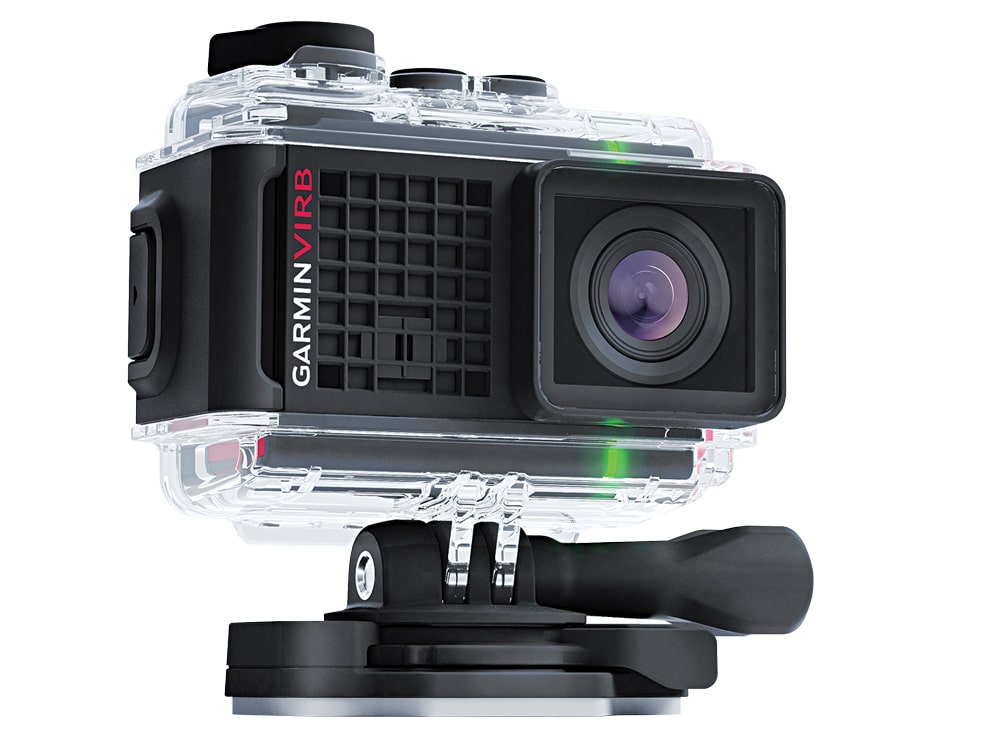
Save the Moment
Given the dramatic scenery, fun sailing and wonderful times that define a great charter trip, portable, waterproof video cameras are a great way to archive memories. Garmin and GoPro both make high-definition video cameras that have been turning sailors’ heads for years. Garmin’s Virb Ultra 30 delivers ultra-high-definition 4K video imagery, image stabilization, high-sensitivity audio and waterproof performance to 131 feet (with included case), while GoPro’s Hero6 is an ultra-high-definition video camera (maximum resolution is 3840 by 2160) that’s waterproof to 33 feet without a housing. Hero6 responds to simple voice commands, offers focus-free performance and comes with GoPro’s “you break it, we’ll replace it” warranty. Both cameras also shoot still imagery, come with 12-megapixel sensors and can be fitted with a variety of housings and mounts.
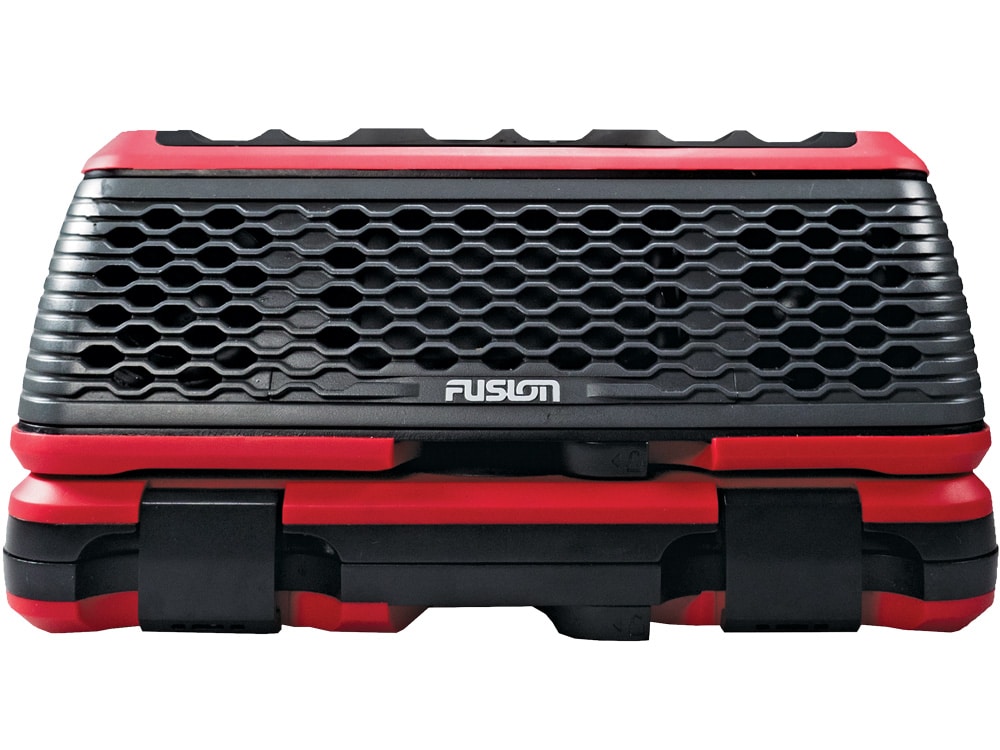
Wearables
Garmin’s quatix sailing-specific smartwatches deliver serious capability for charterers given the redundancy and device familiarity that they afford. Both the quatix3 and quatix 5 watches are designed to talk wirelessly with Garmin chart plotters to share position information (this reduces battery draw on the GPS- and GLONASS-equipped watches) and network data. However, all quatix models are equally adept at spitting out latitude, longitude, altitude and barometric pressure information in stand-alone mode, and the watches’ three-axis compasses deliver bearing information, irrespective of your speed. Both watches can also run a menu of apps, display user-customizable watch faces and control Fusion stereos. The quatix 5 wins the James Bond award for its ability to wirelessly control compatible Garmin autopilots, and for its internal gyroscope, which sharpens position accuracy when it’s operating in its UltraTrac battery-saver mode.
David Schmidt is CW’s electronics editor.
Just in Case
Satellite communicators, including Garmin’s inReach and the Spot Gen3, allow users to send pre-scripted messages to their contacts, enable friends and family to track adventure from afar and, in the event of an emergency, support communication with Geos Worldwide’s privately operated International Emergency Response Coordination Center. While both devices provide a safety net, Garmin’s inReach models come packed with significantly more functionality, including the ability to navigate (either in stand-alone mode or when paired with a wireless device) and to access three levels of weather forecasting. Garmin makes two inReach models — the inReach SE+ and the inReach Explorer+, the difference being that the SE+ facilitates basic grid navigation in stand-alone mode and the Explorer+ allows users to navigate on-screen using graphically rich cartography. All these devices require subscription services.
Vendor Information
- Bose: bose.com, 800-999-2673; $100 to $130
- ComNav: comnavmarine.com, 604-207-1600; from $3,500
- Digital Yacht: digitalyachtamerica.com, 978-277-1234; from $700
- DiZaul: amazon.com; from $25
- ECOXGEAR: ecoxgear.com, 866-446-0961; from $20
- FLIR Systems: flir.com, 877-545-5094; $600 to $3,500
- Fusion Entertainment: fusionentertainment.com, 623-580-9000; $100 to $300
- Garmin: garmin.com, 800-800-1020; $100 to $550
- GlobalStar: globalstar.com, 877-452-5782; call for pricing
- GoPro: gopro.com, 855-635-3578; from $400
- Inmarsat: inmarsat.com, 877-748-4320; call for pricing
- Iridium: iridium.com
- Iris Innovations: boat-cameras.com, 954-533 9381; call for pricing
- Jetsun: amazon.com; from $30
- Lowrance: lowrance.com, 800-628-4487; $150 to $200
- SoKoo: amazon.com; from $50
- Solio: solio.com, 800-764-8610; from $100
- Spot: findmespot.com, 866-651-7768; from $170
- Zenos: amazon.com; from $30








